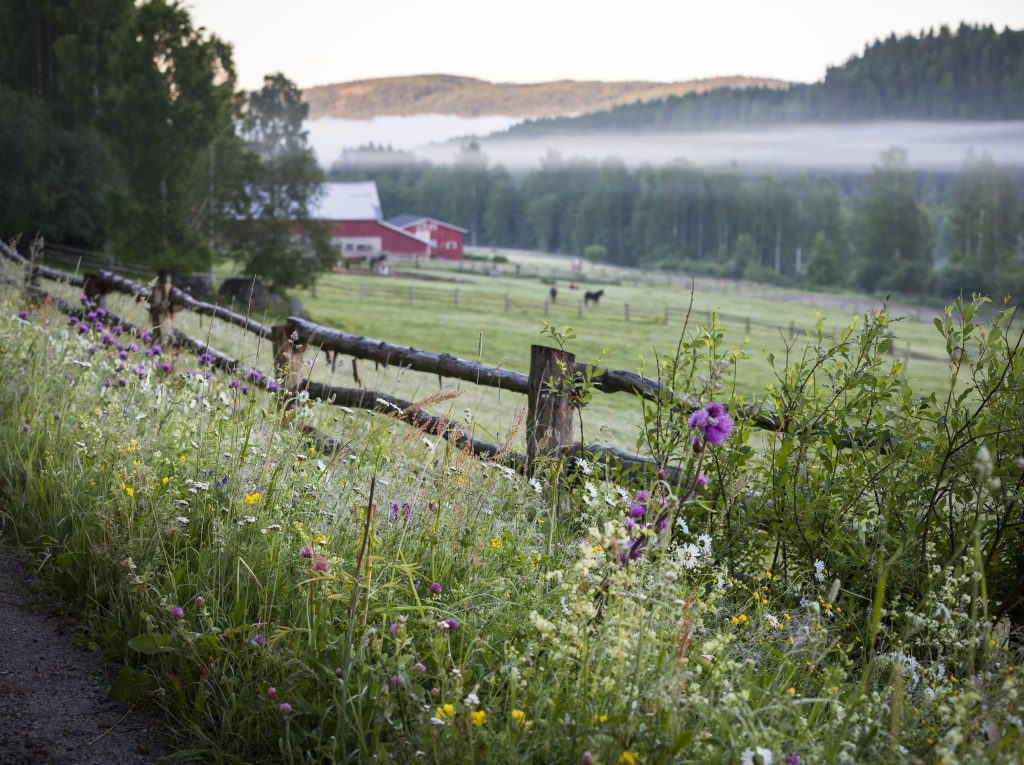Tarja Kupiainen, Karelia UAS
Service design is a customer-centred approach. One of the most important tools in service design is the Customer journey. Customer journey illustrates how the customer perceives and experiences the service. In this post, my goal is to clarify the concept of the customer journey. The customer journey begins before the customer has accurate information about the services and does not end when she leaves the service. Thus, the customer journey considers the phases before, during, and after actual interaction with the service.
We often hear how an entrepreneur finds their services great, but complains that customers won’t find them. In many cases, the reason for this is that the company does not know its customers. The company has assumptions about what their customers are, but not solid information based on diverse customer information. Quite often companies providing tourism services are small, and the staff are fully employed in day-to-day tasks and do not have enough time to become familiar with customer segmentation. Customer feedback might be collected but not properly analysed.

However, the service design process requires that everyday tasks be moved aside for a moment and that services be considered from the customer’s point of view. You need to decide what the customer segment you are looking for and how to get information about it. Ideally, you can involve customer segment representatives in the productization process. It is not always possible due to lack of resources, for example. Then you need to gather customer information in other ways, preferably through qualitative methods such as observation and interviews.
Assume that you have collected customer information and prepared a customer story based on it (see my previous blog that deals with service design process). You have prepared a user persona represented by 27-year-old Susanne, a Berlin project manager. She is interested in both ecological and cultural sustainability when considering her travel destinations, and she appreciates that the services she uses take these into account. She is culturally oriented but also interested in nature-based activities. Thus, Susanne has decided that her next travel destination is a mix of culture and nature.
For biosphere reserves, the customer journey begins when the customer begins planning her trip. How Susanne starts to explore various choices? She knows that some of her friends have visited several naturally valuable sites. She shares her plans with her friends, whether they have any experiences of visits to natural heritage sites? On the recommendations of her friends, Susanne is convinced that biosphere reserves are what she has been looking for. She easily finds the UNESCO website on biosphere reserves. They are plenty all over the world.
As culturally oriented, Susanne wants to find a destination that has history and tradition in addition to natural values. She has previously heard about white nights and peaceful nature of Finland. Now she has one pointer where to go: safe and sound Finland. She googles biosphere reserves in Finland. As the first result, she gets Archipelago Sea Area in Finland, and the MAB programme. On the map she discovers an interesting area, which is located as if on the hips of Finland. North Karelia – what is it?
Susanne continues to google: “North Karelia biosphere reserve”. Then pops up “Welcome to the North Karelia biosphere reserve”. Great! Now a suitable destination has been found! She is thrilled: the images on the website prominently show both culture (kantele player) and nature activities (kayaking and fishing) (http://www.kareliabiosphere.fi/in_english/regions/).
Susanne continues to the Visit Karelia website and gets more specific information (https://www.visitkarelia.fi/en/Destinations ) There are several municipalities to choose from, but nowhere does it mention where the biosphere reserves are. Susanne gets a bit frustrated: should she go elsewhere or stay and continue to google?
In sum, it is not enough for potential customers to know o the existence of the destinations. They must also be easy to find, and services to buy. If the tourism services are readily available, customers are more likely to buy them. Therefore, you should carefully consider how your targets and services can be found, how you market them and what distribution channels you use.
Then you are able to brand your services and guarantee long-term relationships, which is the goal of the service design process.



